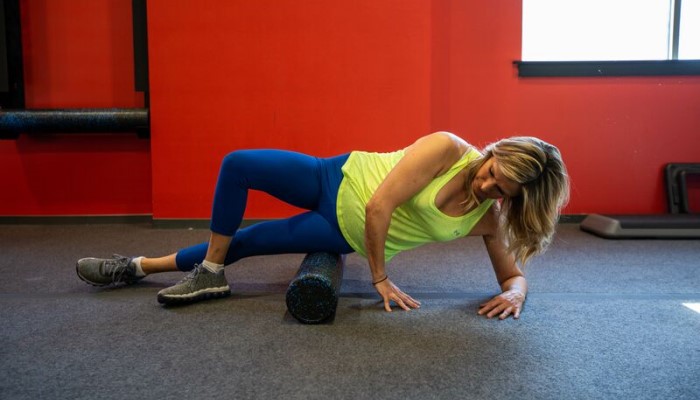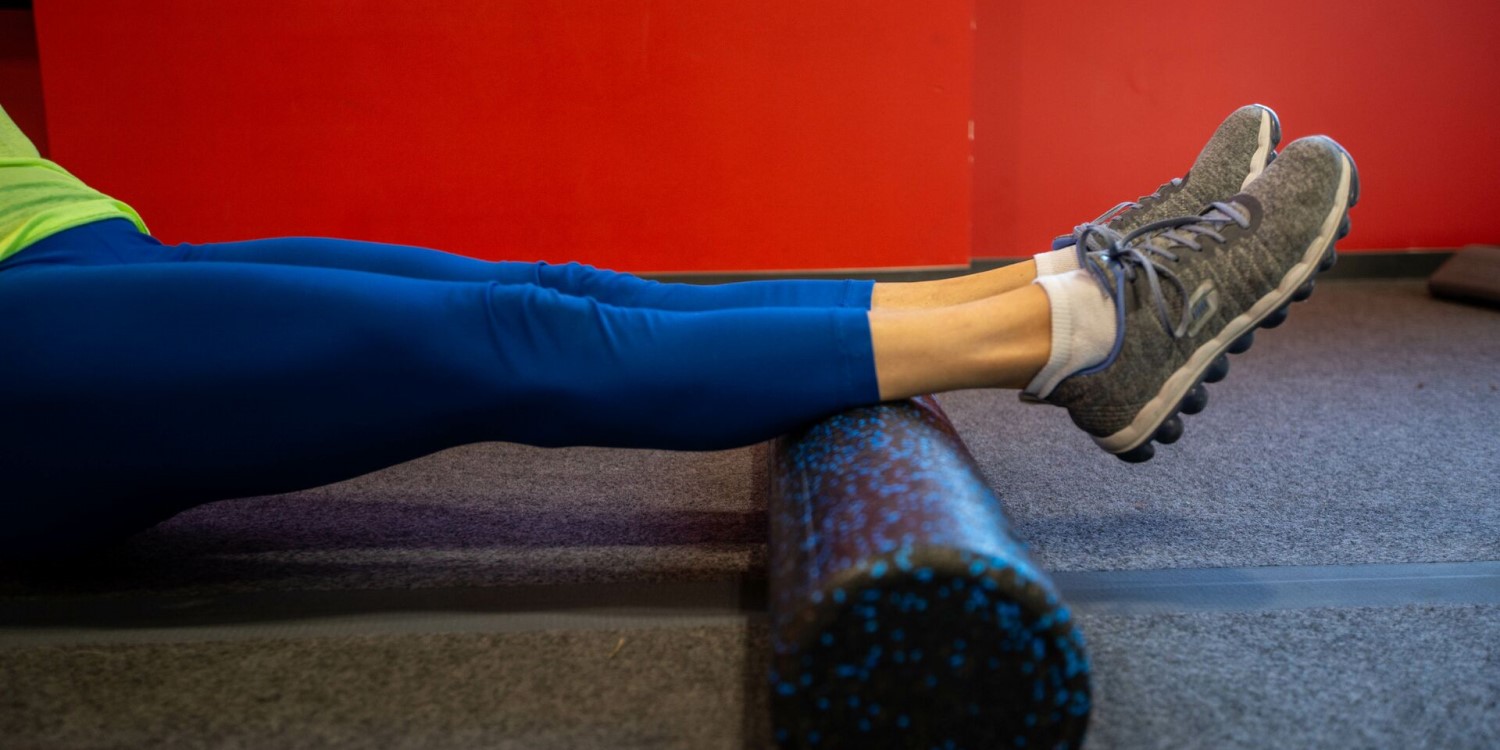Foam rolling tips to help your climbing-related aches and pains
Foam rolling is a type of myofascial release. Fascia are the connective tissue surrounding your muscles and over time, fascia can become unhealthy due to overuse or injury.
The goal of foam rolling is to try to release tension in your muscles and fascia. Foam rolling stretches and loosens the muscles and connective tissue in the area being rolled, releasing tightness and tension that has built up from use or stress.
What does all of this mean in practical terms for you? Healthy fascia means you’re less sore and more mobile in your joints.
We’ve got three tips to improve your foam rolling technique that new and regular foam rolling users will find helpful. Foam rolling is a great activity to do home, say after a yoga session or run. All you need is a foam roller, which are relatively cheap and readily available from a variety of retailers.
Tip #1: Pressure
The first thing to think about when using a foam roller is the amount of pressure you’ll be applying to the area you’re going to work on. It’s important to pay attention to the level of discomfort that you might be feeling while you’re foam rolling.
It’s normal to feel a bit of discomfort while your foam rolling! It’s not always the most pleasant experience, but the most important thing is that you want to make sure that you're not in severe pain. Pay close attention and make sure you're never experiencing a hot, searing pain. That kind of pain means you might be damaging or tearing a muscle—we don’t want to do that!
Since the goal of foam rolling is to try to release tension in your muscles and fascia, it is completely normal to feel some discomfort. However, crossing over the line into real pain can be a sign that an injury is happening or being aggravated.

To apply the right amount of pressure when foam rolling start on the floor and lift the target area onto the roller. Try to maintain three points of contact with the floor so that you’re completely in control of how much pressure is being applied to your muscles.
Tip #2: Speed and Time
The second thing to keep in mind when using a foam roller is 1) the speed in which you move your muscles over the roller and 2) the amount of time you spend on one area. It’s very important to roll out a muscle, or group of muscles, at a consistent and slow speed. You want to move slowly over the muscle so that you’re able to find pressure points where the most tension is being stored.

Once you identify these pressure points, focus most of your energy and time on relieving tension there. If you're rolling over the entire muscle without paying attention to where the pressure point is, foam rolling is going to be much less effective.
Tip #3: Mindfulness
The last thing to consider is mindfulness about when and how to use a foam roller. Foam rolling isn't something you should do all the time, or in all situations. One of the main things to remember is that you want to foam roll while you're already warmed up--your muscles should be ready and elastic enough to have pressure applied to them.
Another thing to be mindful of is to make sure that your body is appropriately positioned when foam rolling, which ties back into pressure. It’s important to think about your posture while applying pressure to an area, and to make sure the rest of the body isn’t too relaxed. In order to target a muscle or pressure point in the right way you want to make sure you keep surrounding muscle groups supported so that you’re not falling out of alignment on the roller.
For example, when rolling out your quad you should be in a push-up position and make sure to engage your core, lats, and the rest of your body to avoid slumping over the foam roller. Slumping would reduce the pressure you’re able to apply to your quad in this case, making the rolling less effective.
Another factor to be mindful of is that sometimes foam rolling can be really beneficial to an injury, but you don't want to be rolling directly on the injury or apply pressure when an injury is inflamed. Often if you have an injury that’s related to a tight muscle you want to be rolling out on either side, upstream or downstream, of the injury. Be really mindful about that pressure and pain so you can make sure you’re rolling away from the injury and not back on to it, which could aggravate an injury further.
Find a Movement Gym near you.

